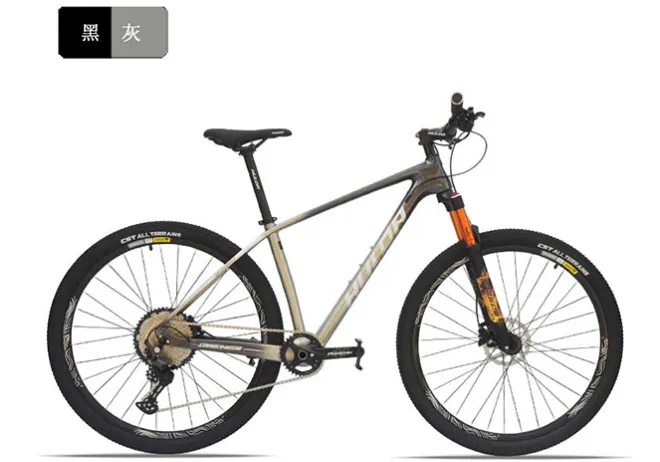
- Afrikaans
- Albanian
- Amharic
- Arabic
- Armenian
- Azerbaijani
- Basque
- Belarusian
- Bengali
- Bosnian
- Bulgarian
- Catalan
- Cebuano
- Corsican
- Croatian
- Czech
- Danish
- Dutch
- English
- Esperanto
- Estonian
- Finnish
- French
- Frisian
- Galician
- Georgian
- German
- Greek
- Gujarati
- Haitian Creole
- hausa
- hawaiian
- Hebrew
- Hindi
- Miao
- Hungarian
- Icelandic
- igbo
- Indonesian
- irish
- Italian
- Japanese
- Javanese
- Kannada
- kazakh
- Khmer
- Rwandese
- Korean
- Kurdish
- Kyrgyz
- Lao
- Latin
- Latvian
- Lithuanian
- Luxembourgish
- Macedonian
- Malgashi
- Malay
- Malayalam
- Maltese
- Maori
- Marathi
- Mongolian
- Myanmar
- Nepali
- Norwegian
- Norwegian
- Occitan
- Pashto
- Persian
- Polish
- Portuguese
- Punjabi
- Romanian
- Russian
- Samoan
- Scottish Gaelic
- Serbian
- Sesotho
- Shona
- Sindhi
- Sinhala
- Slovak
- Slovenian
- Somali
- Spanish
- Sundanese
- Swahili
- Swedish
- Tagalog
- Tajik
- Tamil
- Tatar
- Telugu
- Thai
- Turkish
- Turkmen
- Ukrainian
- Urdu
- Uighur
- Uzbek
- Vietnamese
- Welsh
- Bantu
- Yiddish
- Yoruba
- Zulu
Dec . 15, 2024 15:22 Back to list
commuter ebike
The Rise of Commuter E-Bikes Revolutionizing Urban Travel
In recent years, the urban landscape has witnessed a remarkable transformation in the way people commute. Among various innovations, commuter e-bikes have emerged as a game-changer for daily travelers, offering a blend of convenience, efficiency, and sustainability. As cities continue to grapple with traffic congestion, pollution, and the ever-growing need for faster transit options, e-bikes are proving to be an effective solution.
One of the most appealing aspects of commuter e-bikes is their ability to make cycling accessible to a broader audience. Traditional bicycles can sometimes be intimidating, especially for those who may not be physically fit or lack cycling experience. E-bikes, equipped with an electric motor, provide assistance when pedaling, allowing riders to tackle hilly terrains or longer distances without the fear of arriving at work sweaty and exhausted. This support system enables a more diverse group of people—ranging from young professionals to older adults—to incorporate cycling into their daily routines.
The Rise of Commuter E-Bikes Revolutionizing Urban Travel
In terms of practicality, commuter e-bikes have several features that enhance the riding experience. Most modern e-bikes come equipped with user-friendly technology, including adjustable pedal-assist levels, integrated lights, and even GPS navigation. These features not only improve safety but also make commuting more enjoyable and efficient. Furthermore, e-bikes allow riders to bypass traffic congestion and navigate through narrow streets and bike paths, leading to shorter travel times compared to cars, especially during rush hours.
commuter ebike

Affordability is another factor contributing to the rise in popularity of commuter e-bikes. While the initial investment may seem higher than traditional bicycles, the long-term savings are significant. Commuters can save on fuel, parking fees, and public transport costs. Additionally, many cities are recognizing the value of e-bikes in reducing urban congestion and pollution, leading to the implementation of incentives such as rebates or tax credits for e-bike purchases.
As more individuals embrace cycling as a primary mode of transport, the infrastructure to support this shift is also evolving. Cities around the world are investing in dedicated bike lanes, secure bike parking, and maintenance stations. These improvements not only make e-biking safer but also encourage more people to make the switch from cars.
However, challenges remain in the widespread adoption of commuter e-bikes. Issues such as theft, battery life, and charging infrastructure are important considerations for potential riders. Ensuring that e-bikes are secure when parked and providing accessible charging facilities can bolster confidence in this mode of transport. Additionally, educating new riders about safety practices and road sharing will be crucial in promoting a harmonious relationship between cyclists and other road users.
In conclusion, commuter e-bikes represent a significant advancement in urban mobility. By combining convenience, sustainability, and affordability, they offer a compelling alternative to traditional methods of commuting. As cities continue to invest in infrastructure and policies that support cycling, the future of urban transportation appears increasingly bright for e-bike enthusiasts. With each pedal stroke, commuters are not only enhancing their own travel experience but also contributing to a more sustainable and livable urban environment. The rise of the commuter e-bike is not just a trend; it's a movement towards smarter, greener cities.
-
The Ultimate Kids' Four-Wheeler Experience
NewsJul.09,2025
-
The Ultimate Guide to Mountain Bikes: Gear Up for Your Ride
NewsJul.09,2025
-
The New Age of Cycling: Electric Bikes for Every Rider
NewsJul.09,2025
-
The Best Kids Bicycles: Ride in Style and Safety
NewsJul.09,2025
-
The Best 3-Wheel Scooters for Kids: Fun, Safety, and Adventure
NewsJul.09,2025
-
Revolutionize Your Ride: Affordable Electric Bikes
NewsJul.09,2025
-
Finding the Perfect Mountain Bike for Every Rider
NewsJul.09,2025



